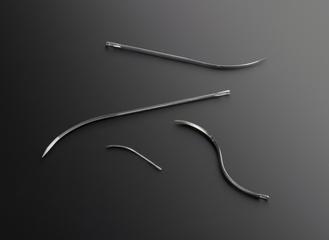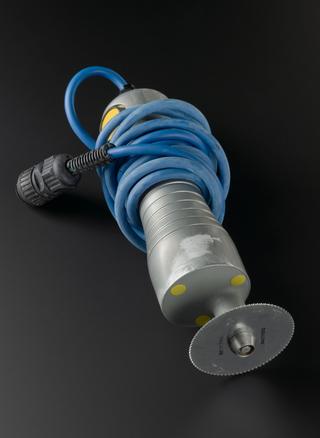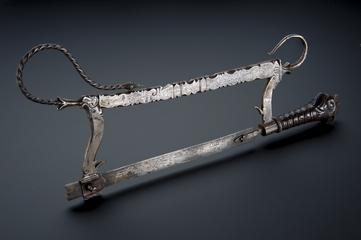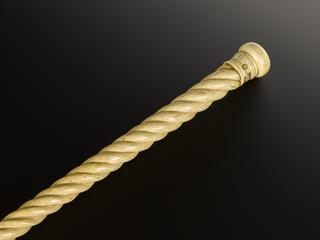
Serrenoeud, London, England, 1885-1896
- maker:
- C Wright and Company

Serre noeud, metal, nickel plated, by C. Wright and Co. of London, 1885-1896
A serrenoeud is used to tighten a ligature during surgery. This was a step towards safer hysterectomy as the abdominal cavity could be completely closed off, allowing the surgical stump to be pierced safely without causing heavy bleeding. The serrenoeud may have been invented by Eugenè Koeberlé (1828-1915), a gynaecologist who introduced the procedure to France in 1862. The instrument was made by C Wright and Co, a surgical instrument maker based in London.
Details
- Category:
- Surgery
- Collection:
- Sir Henry Wellcome's Museum Collection
- Object Number:
- A152148
- Materials:
- metal (nickel plated)
- Measurements:
-
overall: 12 mm x 159 mm x 54 mm, .05kg
- type:
- serrenoeud
- credit:
- Bonhams




